 Blog
Blog Probability vs Non-Probability Sampling: A Complete Guide for Researchers
Probability vs Non-Probability Sampling: A Complete Guide for ResearchersProbability vs Non-Probability Sampling: A Complete Guide for Researchers
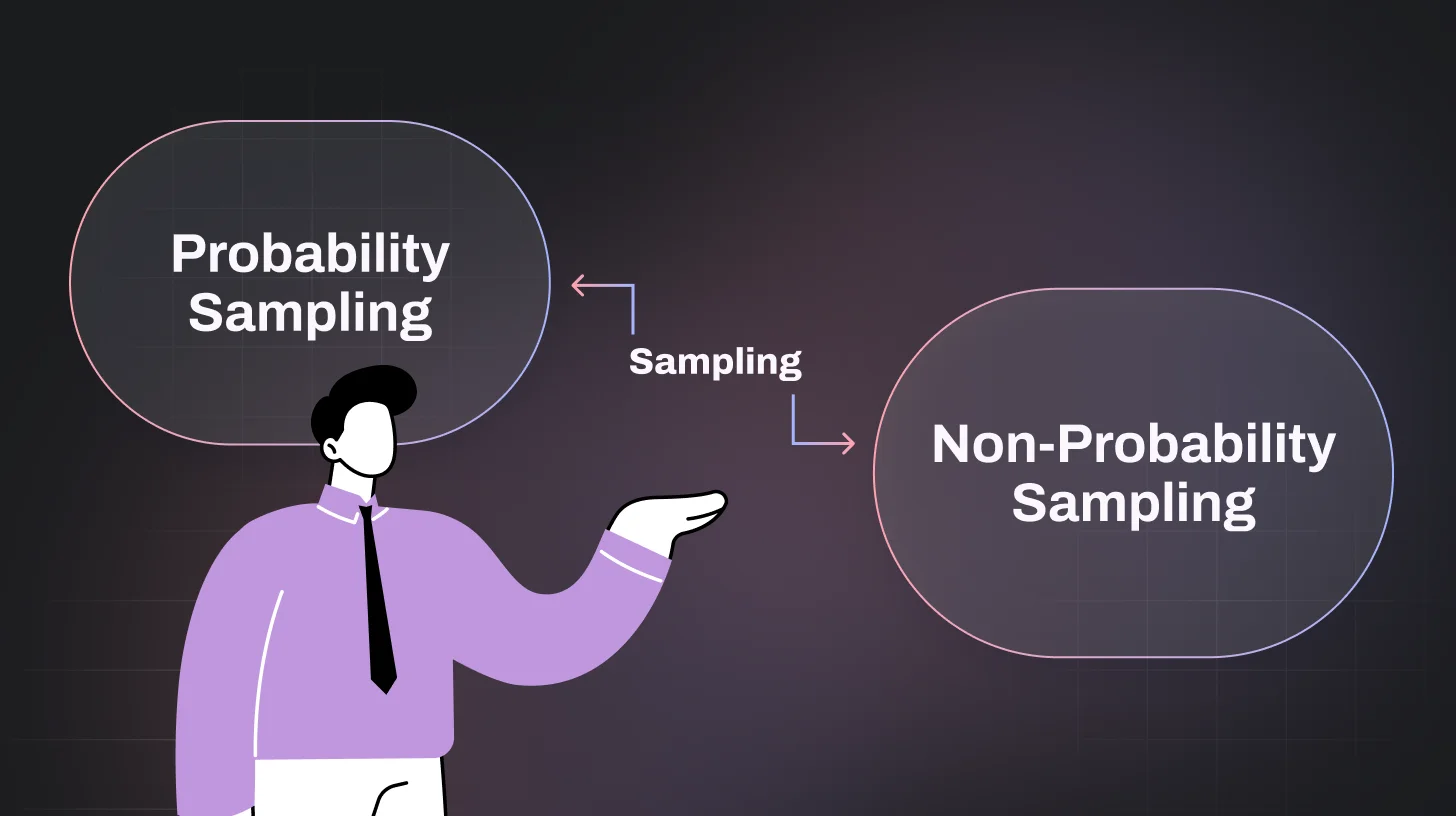
Do you randomly pick any title, giving each one an equal chance of being selected (a probability method)? Or do you carefully choose based on your favorite genre or what’s trending right now (a non-probability method)? Both approaches work, but the method you choose directly affects the quality and reliability of your research.
In this blog, we’ll compare probability vs. non-probability sampling side by side. In this blog, we’ll compare probability and non-probability sampling side by side. Understanding their differences, advantages, and practical applications is key to selecting the right approach and ensuring your research findings are both valid and reliable.
Recommended read: Everything You Need to Know About Survey Sampling in Research and Business
Probability vs. Non-Probability Sampling: A Quick Answer
Probability sampling: In probability sampling, respondents are randomly selected to take part in a survey or study. For a sample to qualify as probability-based, every individual in the population must have an equal chance of being chosen, and the researcher must know the likelihood of each person being selected.
Non-probability sampling: In non-probability sampling, respondents are not chosen at random. Instead, selection depends on factors like convenience, accessibility, or the researcher’s judgment. This means not everyone in the population has an equal chance of being included, and the probability of selection is unknown.
What is Probability Sampling?
Probability sampling is a method of selecting a sample from a population based on a randomization principle, which means the selection is entirely random or determined by chance. This method is used as a gold standard in research as participants are selected randomly, which reduces selection bias and improves the reliability of the results. Researchers often rely on probability sampling in quantitative research to make statistical inferences.
Let’s understand it with an example. Suppose a retail chain with 60,000 customers wants to measure the customer satisfaction with its new loyalty program. Surveying everyone is impractical, so the company pulls out the database of customers and selects 1000 customers randomly from different cities. This is a probability sampling. Because every customer had an equal chance of being chosen, the feedback accurately reflects the wider customer base, not just the most vocal or easily accessible shoppers.
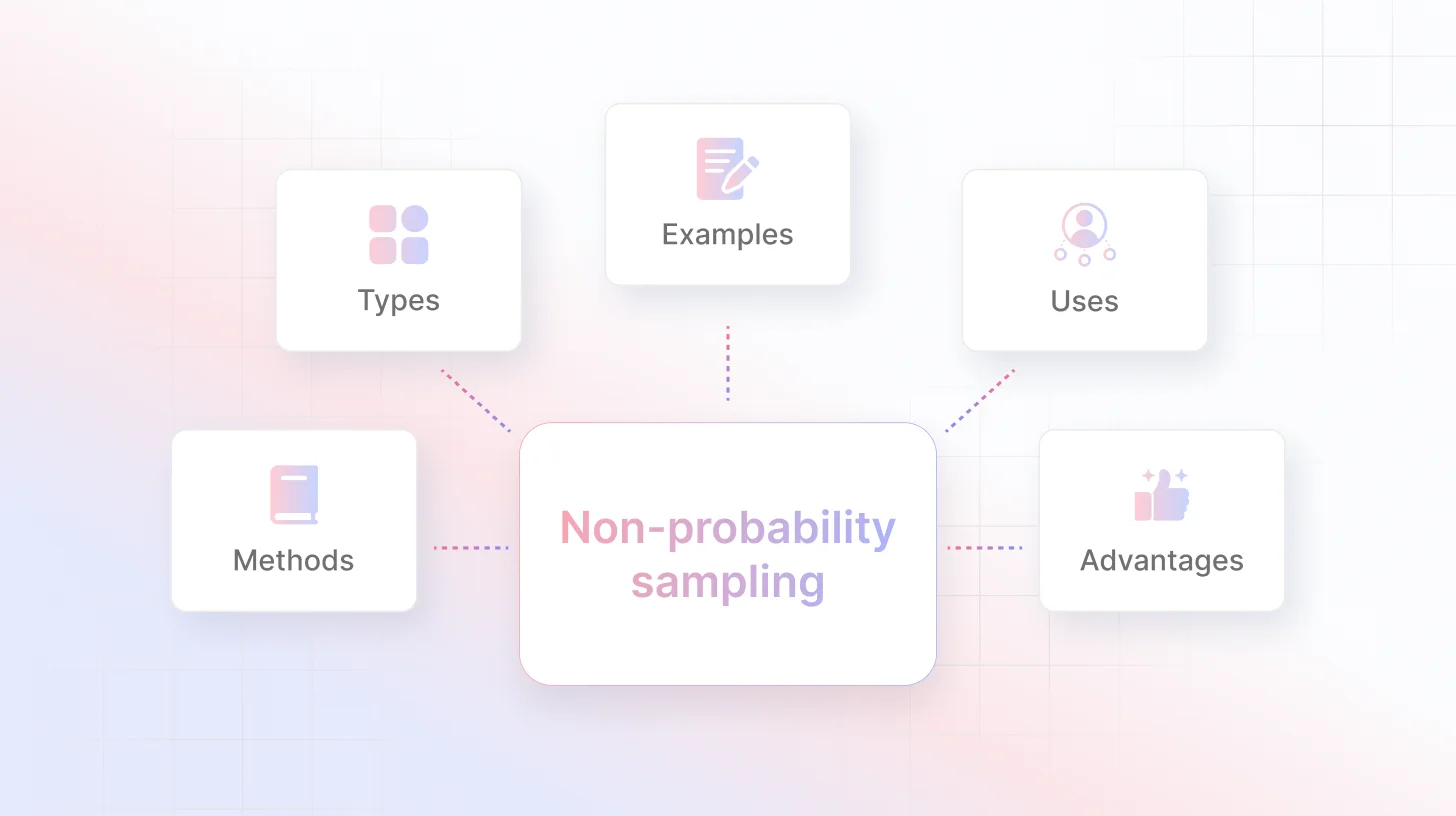
Read: Sampling Design Explained: Steps, Challenges, and AI Solutions
When to Use Probability Sampling?
Probability sampling is primarily used in the following instances:
When you want to produce accurate, unbiased, and generalized results: Probability sampling assures that every individual has an equal chance of being selected, making results more representative of the entire population and reducing selection bias.
When the population is large and diverse: If you're studying a large group, such as a nationwide customer base, a city's voters, or a country's households, probability sampling can assist in capturing a variety of information fairly.
When statistical analysis and hypothesis testing are necessary: Because probability sampling allows researchers to calculate sampling error, it is the ideal option for data that supports statistical tests and models.
When results will influence important business, policy, or scientific decisions: For high-stakes studies such as election polling, drug trials, or major market launches, probability sampling provides the reliability needed for decision-making.
What Are The Types Of Probability Sampling?
Selecting the right sample is one of the most important steps in research. Probability sampling ensures that every individual has a fair chance of being selected, making the results more representative and reliable. Let’s look at the main types of probability sampling, how they work, and where they are most useful.
Simple Random Sampling
This is the most basic probability sampling technique, where every individual in the population has an equal chance of being selected. It’s completely random, which makes it free from researcher bias.For example, A coffee chain with 5,000 loyalty app users wants to measure customer satisfaction. Each customer is assigned a number, and 300 customers are randomly chosen using a number generator. Everyone had an equal chance of being selected, ensuring unbiased results.
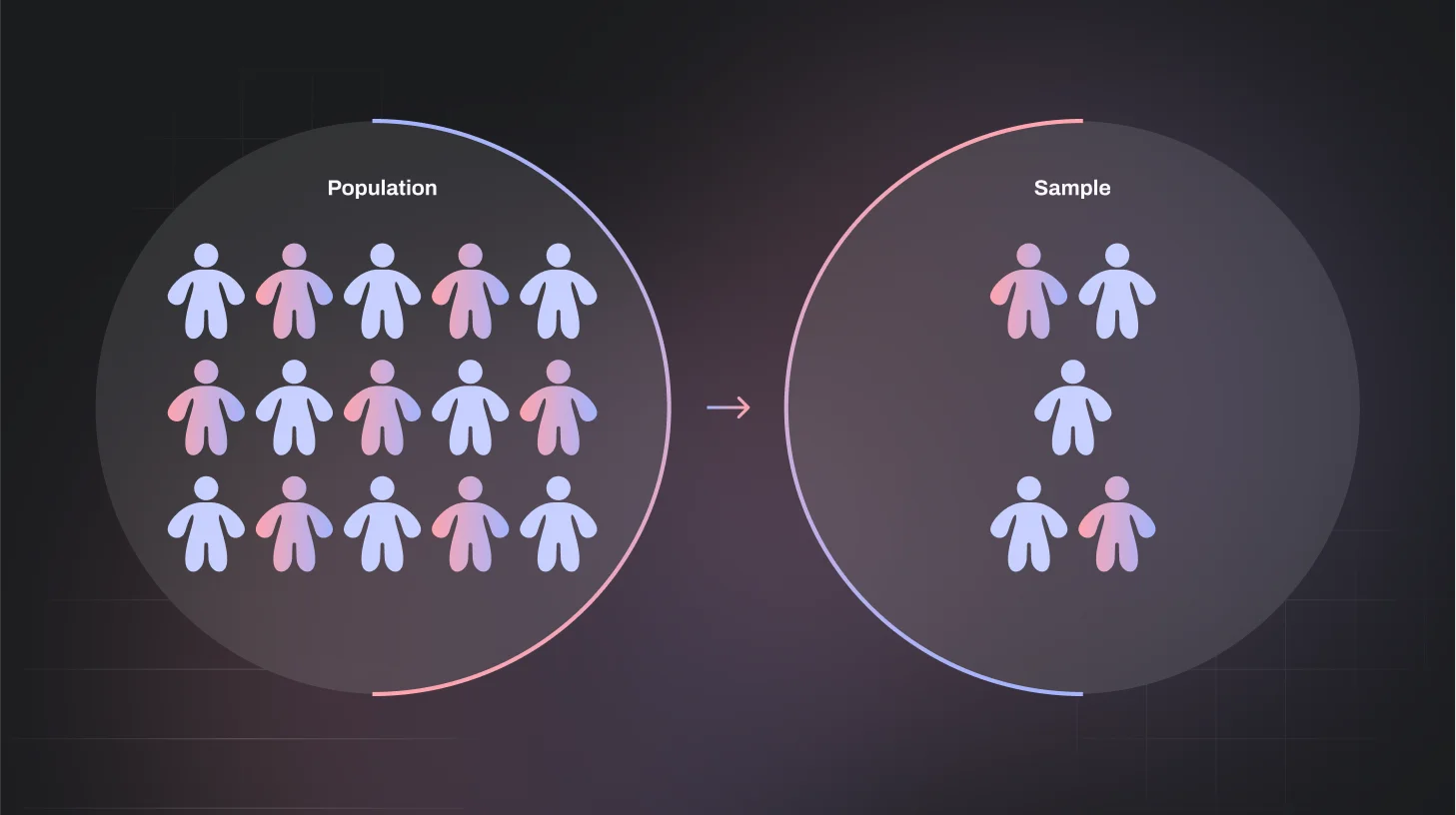
Read - A Complete Guide to Random Sampling Methods and Techniques
Stratified Random Sampling
When the population has distinct subgroups (strata), this method ensures each subgroup is fairly represented. The population is divided into categories, and random samples are drawn from each category.
For example, A mobile app company wants feedback on its new design. Instead of just surveying users randomly, it divides them into age groups (Gen Z, Millennials, Gen X) and then randomly selects people from each group. This ensures balanced input from all age brackets.
Read: A Complete Guide to Stratified Random Sampling for Researchers
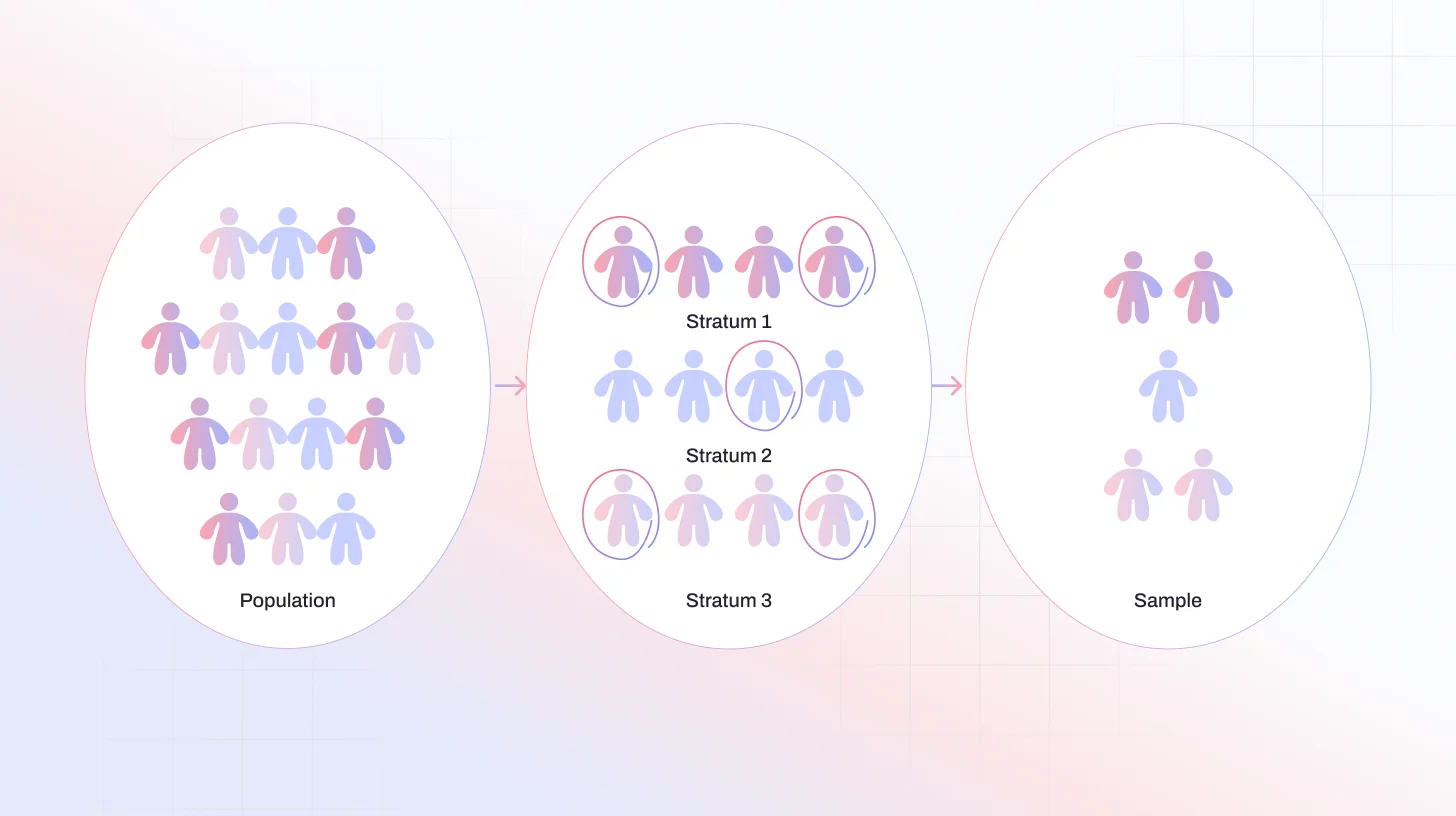
Read - A Complete Guide to Stratified Random Sampling for Researchers
Cluster Sampling
Used when the population is geographically spread out and it’s impractical to survey individuals everywhere. Instead, the population is divided into clusters (e.g., cities, schools, companies), and some clusters are randomly chosen for the survey.
For example, A retail brand with stores in 20 cities wants to study customer preferences. Instead of reaching all cities, the researcher randomly selects 5 cities and surveys customers there. This saves costs while still providing valuable insights.

Systematic Sampling
In this method, you select every nth individual from a population list after choosing a random starting point. It’s simple, structured, and ensures even coverage of the sample.
For example, A corporation with 10,000 employees wants to conduct an engagement survey. Starting from a randomly chosen employee, they select every 50th person on the employee list. This method is efficient and avoids clustering too many people from one department.

Real-world Examples And Scenarios Of Probability Sampling
Probability sampling is actively used in business, HR, healthcare, retail, and politics to ensure decisions are backed by accurate, representative data.
Market Research: When a company wants to understand customer preferences across an entire target market, not just a small segment.
Public Opinion Polls: To predict election outcomes or measure public sentiment with accuracy.
Academic or Scientific Studies: When findings need to be statistically valid and replicable.
Product Testing: When feedback must reflect the opinions of a diverse customer base before launching at scale.
Healthcare Research: When testing a new treatment or drug, it must apply to the general patient population.
Steps To Conduct Probability Sampling
The following are practical steps for you to follow to conduct probability sampling:
Define your target population
Start by clearly identifying the group you want insights from. Be intentional. Choose the people whose opinions or behaviors truly matter for your research goal.
Build a sampling frame
Next, create a list (or frame) that includes only individuals from your target population. This ensures you’re collecting data from the right people and keeping outsiders from skewing results.
Select your sample and collect data
Once you have your frame, choose your sample using a probability method (random, stratified, cluster, etc.) and begin the survey. Challenges like cost, response quality, or low participation may arise, but the process still leads to stronger results.
Advantages of Probability Sampling
Cost-effective and efficient: Instead of polling the entire population, you can get accurate results from a smaller, randomly selected group. This saves time and money while providing consistent outcomes.
Simple and Straightforward Method: The process is easy: assign numbers, select randomly, and you’re done. Since the method is completely neutral, it’s simple to explain and justify to stakeholders.
Reduces bias and errors: Probability sampling eliminates researcher bias and the risk of sample errors by giving each participant an equal chance of being chosen. The findings are more reliable and representative of the entire population.
Disadvantages of Probability Sampling
Needs a complete population list: True probability sampling requires an exact list of the complete population. For big or dispersed groups, compiling this list can be time-consuming or even impossible.
Can be resource-intensive at scale: While probability sampling is less expensive than polling everyone, it still involves careful preparation, tools, and, on occasion, technology (such as random number generators or databases), which can increase expenses.
Not always practical: Probability sampling may not be the most practical strategy in situations where time is limited or populations are difficult to reach (for example, niche audiences, remote places).
What Is Non-Probability Sampling?
Non-probability sampling is a procedure in which the researcher selects individuals based on their judgment rather than randomly. Unlike probability sampling, not every member of the population has the same chance of being included. This strategy, commonly employed in qualitative or exploratory studies, relies primarily on the researcher's experience and discretion.
Non-probability sampling is suitable for pilot surveys or small-scale investigations, where the purpose is to acquire preliminary insights rather than provide statistically generalizable conclusions. Observation and targeted selection are frequently used by researchers to efficiently collect data, particularly when time and resources are restricted.
When To Use Non-probability Sampling
Non-probability sampling is most beneficial when you don't have access to the complete population or when it's unnecessary. Here are some typical circumstances where it makes sense:
To Confirm a Trait Exists: Use this sampling to quickly indicate if a particular trait or characteristic is even present within a population. It helps answer a simple "yes/no" question about existence.
For Qualitative or Exploratory Work: Researchers widely use the non-probability sampling method when they aim at conducting qualitative research (getting rich, deep data), pilot studies (testing initial concepts), or exploratory research (breaking new ground where little is known).
When Generalization Isn't the Goal: Use it specifically when you do not intend to generate results that will statistically generalize to the entire population. The focus is on the insights from the sample itself, not the wider universe.
When Time and Budget are Tight: Apply this method when you have limited time to conduct research or are working with budget constraints that prevent large-scale, costly random sampling.
What Are The Types Of Non-Probability Sampling?
Convenience Sampling
Convenience sampling, sometimes called haphazard or accidental sampling, is the ultimate easy button. You just choose participants because they are right there and available. Think about a researcher setting up a table at the mall or on a busy college quad; they’re grabbing whoever walks by and fits the bill.
Why do people use it? It’s incredibly cheap and fast for gathering initial opinions or running a pilot test. The data you get here is likely biased. This method includes Consecutive Sampling, where you work through eligible members one after the other until you have a conclusive finding, and Self-Selection (Volunteer Sampling), where people actively opt-in to the study because they meet the requirements and want to participate (common in medical research).
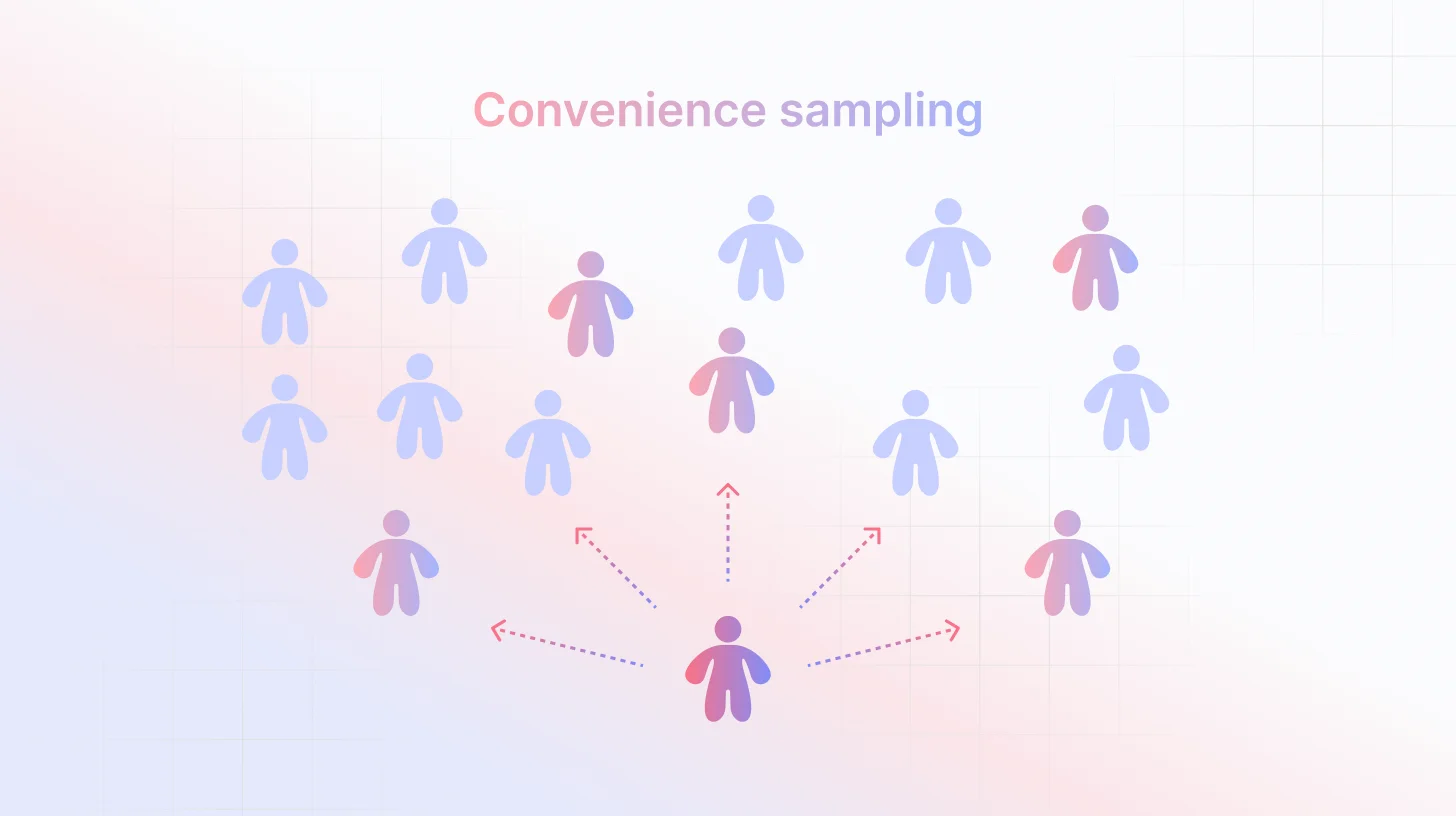
Quota Sampling
Quota sampling operates a lot like stratified sampling, but without the mandatory randomness. You first split the population into groups (strata) based on traits like age or gender. Then you have to fill a specific quota for each group. The crucial difference from true probability sampling is that you don't randomly select people to fill the quotas; you just keep recruiting until the number in that specific bucket has been reached.
Proportional Quota Sampling ensures your quotas directly match the known percentages of those groups in the wider population, while Non-Proportional Quota Sampling simply requires you to decide on a minimum sample size needed for each group, without worrying about actual population breakdowns.
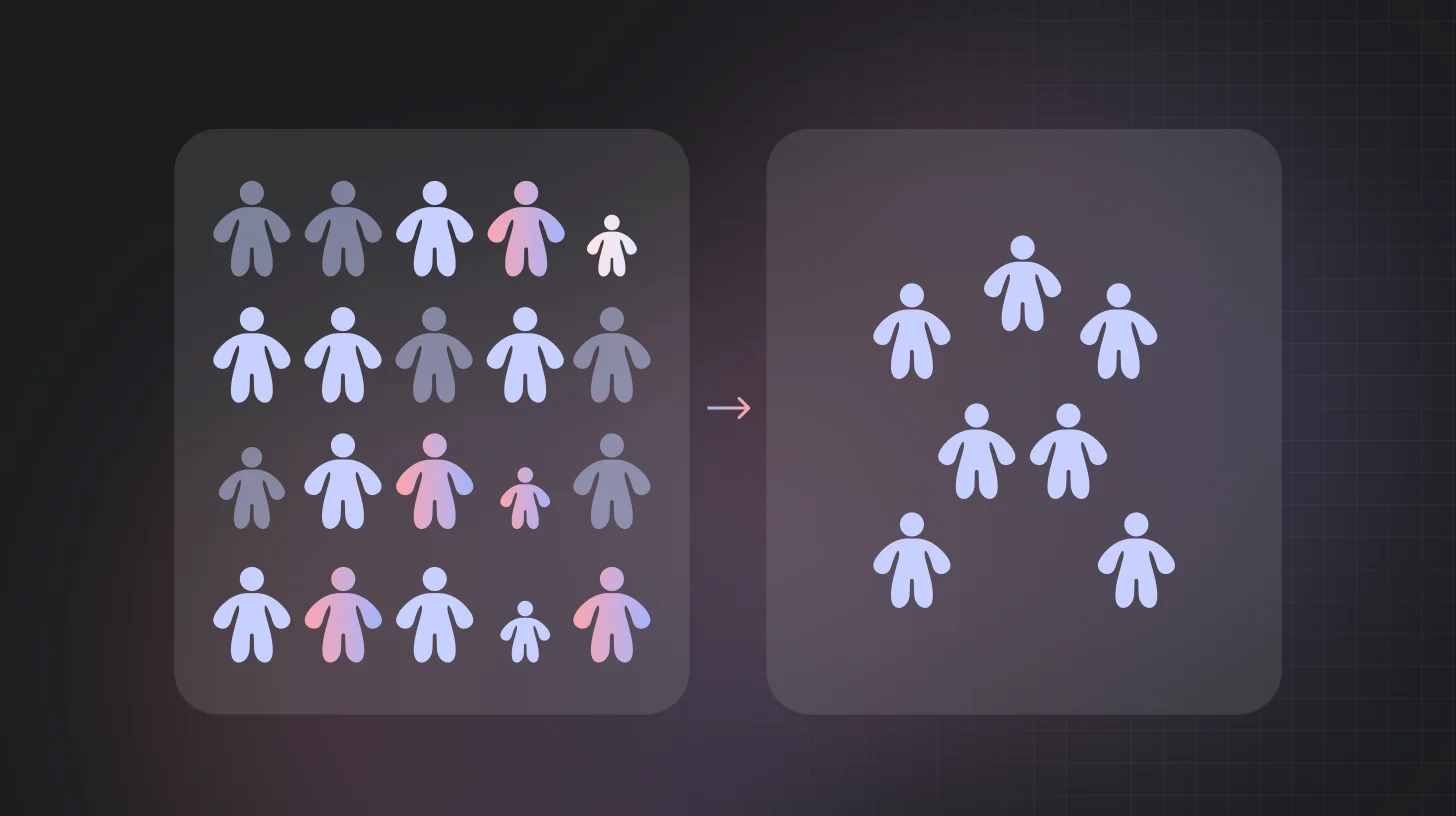
Snowball Sampling
Imagine a small snowball rolling downhill; it picks up more and more snow, getting bigger and bigger. That’s how snowball sampling works. You start with a few people, and those participants then refer others in their network to join the study, creating a growing chain. It’s a lifesaver for connecting with hard-to-reach or hidden communities, like specific professional artists or people in sensitive groups. The thing is, your sample size hinges entirely on the willingness and connections of those first few members. Once the chain gets going, though, it can be surprisingly quick.
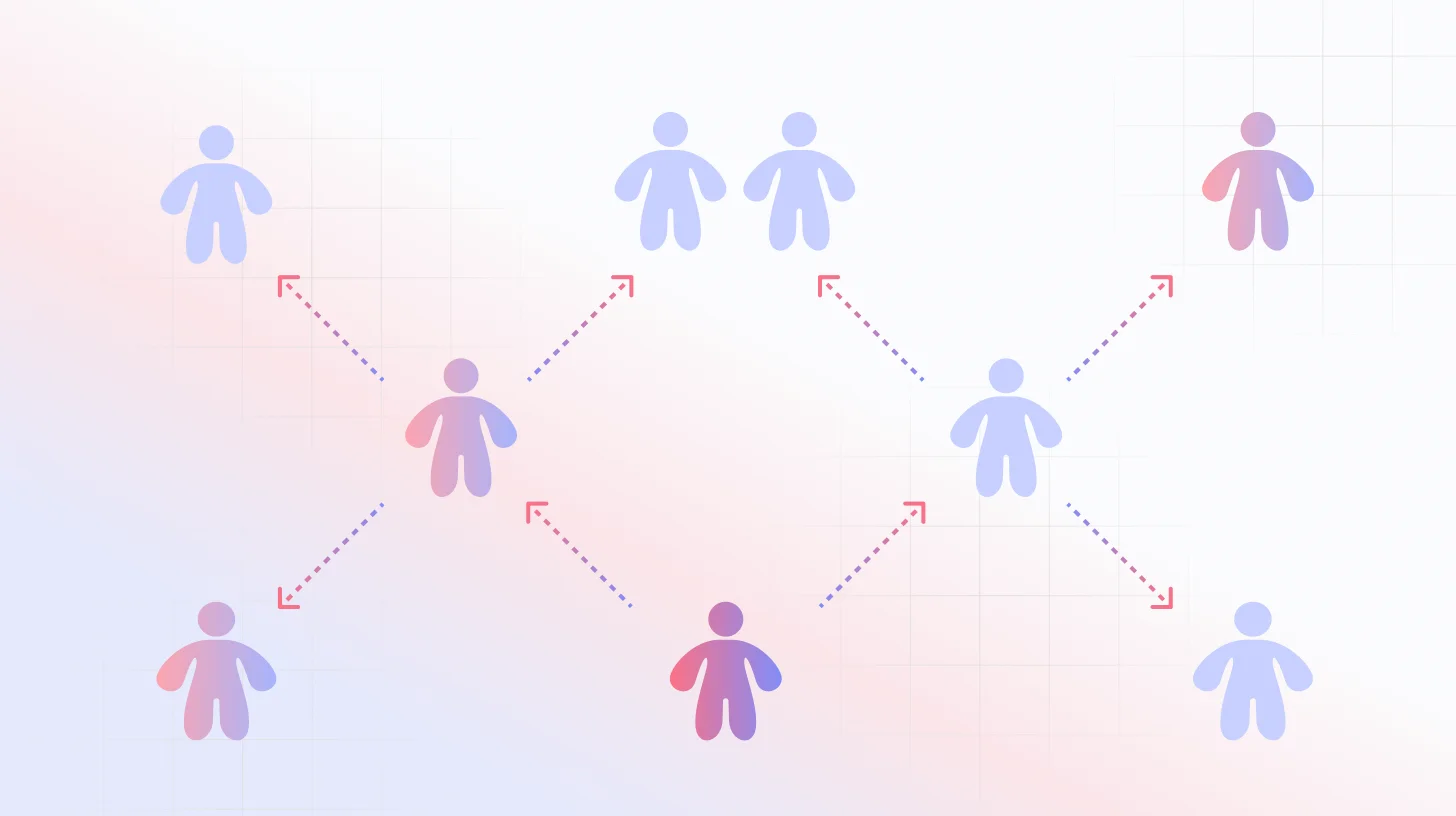
Purposive Sampling
Purposive sampling, also known as judgmental or selective sampling, puts the power squarely in your hands. You make a conscious, educated decision about who absolutely needs to be in the sample based on your understanding of the research goals and the population. You use your expertise to judge whether a potential participant fits the specific criteria that will satisfy your research aims. The risk is that obvious bias issues will pop up here.
However, since it’s quick to execute, you can easily redo the sample if you realize you made a mistake. Subtypes include Heterogeneity Sampling, which seeks the widest range of views possible; Homogeneous Sampling, which focuses on people with similar or identical traits for deep focus; Deviant Sampling, which selects unusual or exceptional cases for unique insights; and Expert Sampling, which builds a sample exclusively of specialists and experts for technical or complex projects.
Recommended Read: Purposive Sampling: Definition, Types, Examples, and Applications
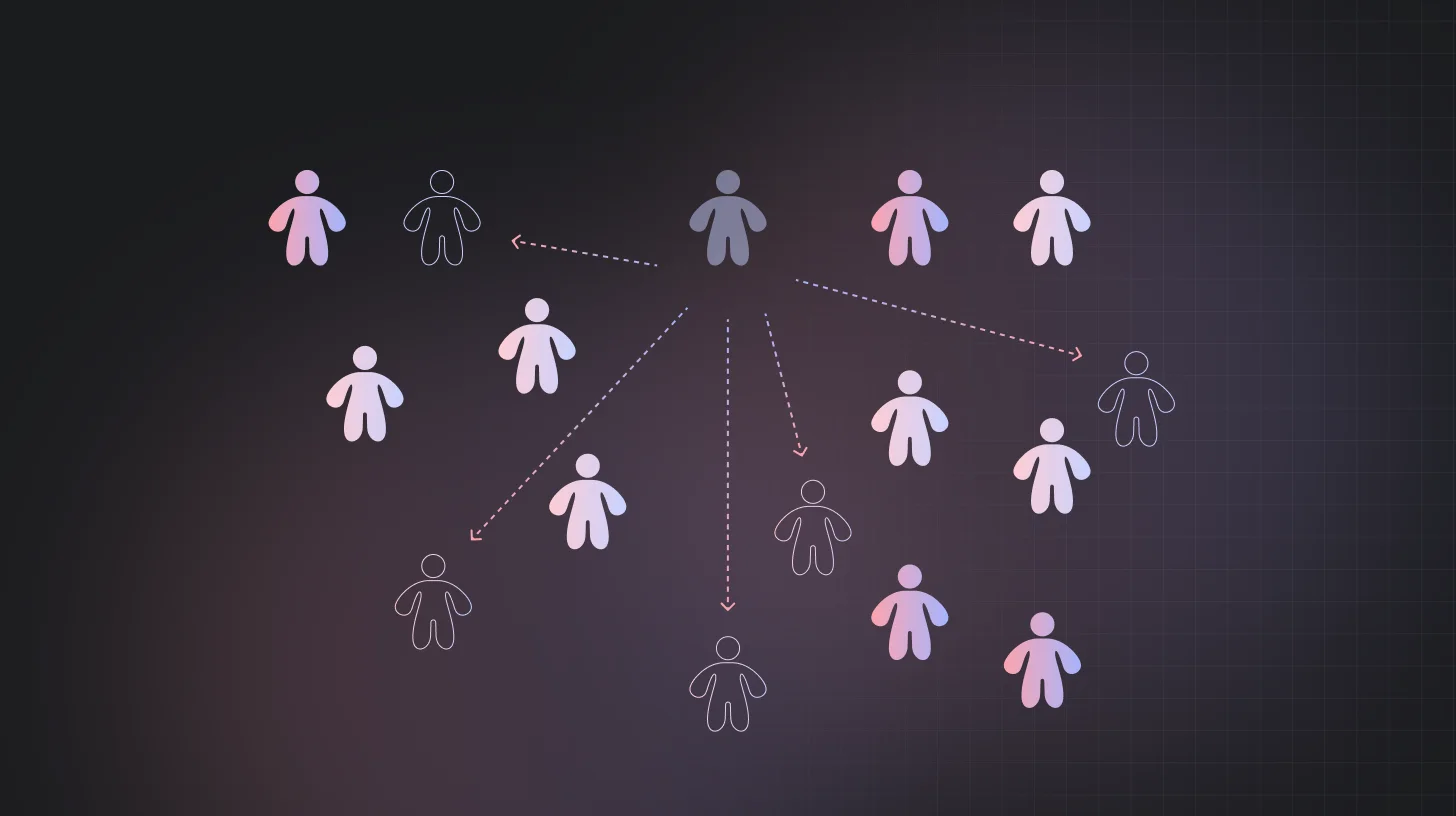
Read - Purposive Sampling: Definition, Types, Examples, and Applications
Real-world Examples And Scenarios Of Non-Probability Sampling
Here are some practical situations where non-probability sampling is commonly used:
Pilot Testing a New Product: A startup launching a skincare line wants quick feedback before mass production. They handpick 50 beauty influencers and loyal customers to test samples. This purposive sampling approach provides fast, targeted insights without needing the entire population.
Retail Store Intercepts: A clothing retailer surveys shoppers as they leave a flagship store. Since only those available at that moment are included, it’s a classic case of convenience sampling. The brand gets immediate feedback on pricing, store layout, and customer experience.
Online Polls & Social Media Surveys: A fooddelivery app posts an Instagram poll asking followers which new feature they’d like next: “faster delivery” or “loyalty rewards.” This voluntary response sampling works because only interested, engaged users participate.
Expert Interviews: A consulting firm wants to understand future AI trends. Instead of surveying thousands of people, they interview 20 industry experts using judgment sampling. This provides high-value insights tailored to their research goals.
Hard-to-Reach Groups: A nonprofit researching the challenges of undocumented workers uses snowball sampling, asking one participant to refer another. This method helps reach hidden or marginalized groups that are otherwise difficult to study.
Advantages of Non-Probability Sampling
Fast and Cheap: It’s quicker and more cost-effective than random sampling because you don't have to track down randomly selected people; you use those who are readily available.
Practical for the Real World: It’s highly practical for researchers on a tight timeline or limited budget.
High Motivation: Participants often have a high level of motivation (they may have volunteered or been referred), leading to better response rates and deeper engagement.
Perfect for Exploration: It is the ideal method for qualitative research or pilot studies when you need rich, in-depth insights from a specific group, not broad statistics.
Disadvantages of Non-probability Sampling
High Risk of Bias: Selection is based on the researcher's choice or convenience, which introduces a major risk of bias and skews the results.
No Generalization: You cannot statistically generalize the findings to the entire population because not everyone had an equal chance of being included.
Uncertain Representativeness: There is no way to measure how well the sample actually represents the population, making the results statistically unreliable.
Relies on Judgment: The quality of the entire study heavily depends on the researcher's knowledge and skill in selecting the appropriate participants.
Probability Sampling vs Non-Probability Sampling
Also Read: Sampling Error Explained: Definition, Types, and How to Reduce It
The Role of AI in Sampling
Artificial Intelligence (AI) is transforming how organizations conduct both probability and non-probability sampling. Instead of relying solely on manual methods, AI makes sampling faster, smarter, and more reliable.
Automated Sampling Frames
AI can clean and organize large datasets instantly, creating precise sampling frames. This reduces human error and ensures researchers target the right people from the start.
Smarter Randomization
For probability sampling, AI algorithms generate unbiased random selections at scale—even across millions of records—making large surveys more accurate and efficient.
Targeted Non-Probability Sampling
AI helps find niche audiences for exploratory studies. By analyzing patterns like online behavior or demographics, it identifies the right respondents quickly without guesswork.
Bias Detection and Adjustment
AI tools flag over-represented or under-represented groups in real time, helping researchers reduce sampling bias and get fairer results.
Real-Time Collection and Insights
Platforms like TheySaid go beyond just selecting participants. They allow you to run AI-powered surveys and interviews that collect feedback instantly and analyze it automatically, so insights are available within hours instead of weeks.
With AI-powered platforms like TheySaid, you don’t just create surveys, you start conversations. Whether you’re doing a probability study for large-scale accuracy or a non-probability survey for fast, targeted insights, TheySaid makes the process seamless, efficient, and bias-free. Sign up for free!
FAQs
Which is better: probability or non-probability sampling?
Neither is universally better; it depends on the research goal. Probability sampling is more accurate and generalizable, while non-probability sampling is faster, cheaper, and useful for exploratory research.
Which sampling method is best for startups?
Non-probability sampling is usually best at the start (exploration stage), but once the product scales, probability sampling gives more trustworthy insights.
Can I switch from non-probability to probability sampling in the same project?
Absolutely. Many researchers begin with non-probability sampling for quick insights and later use probability sampling for validation.





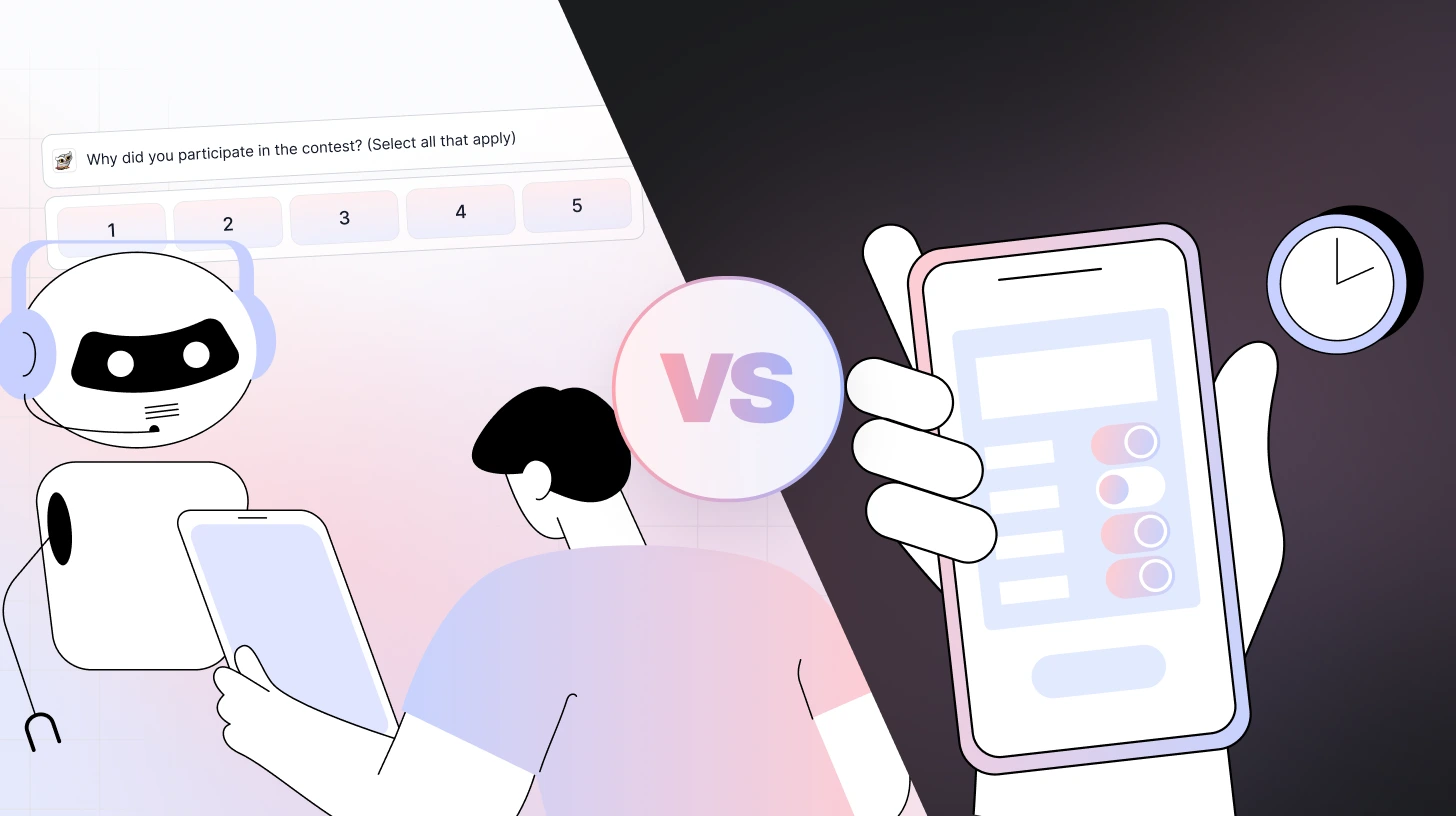

%20Surveys_%20Types%2C%20Benefits%20%26%20Success%20Strategies.webp)







.svg)